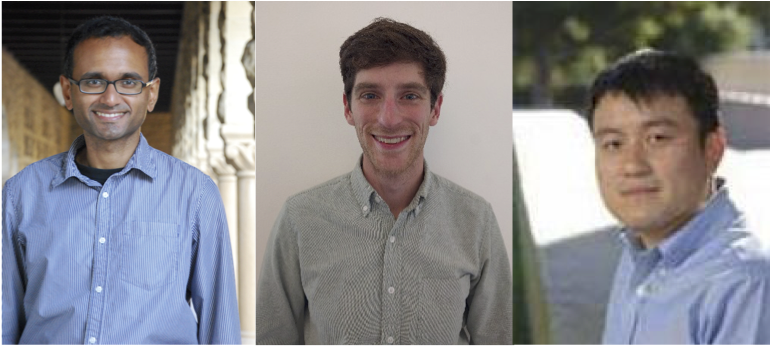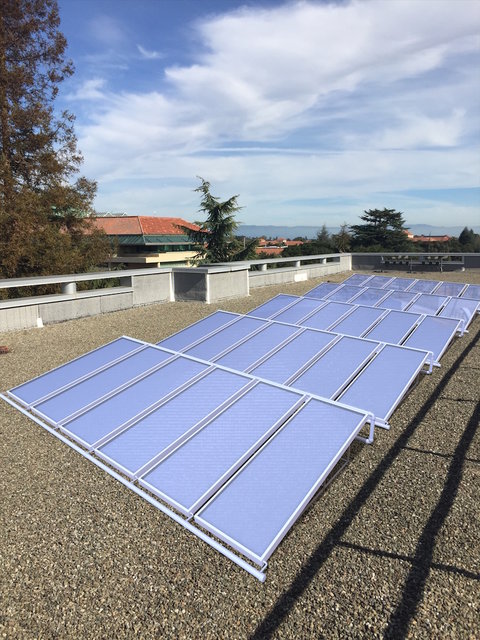SkyCool

Air conditioning is a major driver of energy use globally, particularly in hot climates and during peak hours. Current approaches to this $50 billion market require the input of large amounts of electricity and water, and have remained largely unchanged in their fundamental approach for decades. SkyCool will develop a commercializable prototype of a radically efficient water-cooling module that can be used to passively reject heat to outer space from residential and commercial buildings. The modules will generate water 3-5°C below air temperature with zero water losses and will only require electricity to pump water through them, thus allowing SkyCool to demonstrate remarkably efficient air conditioning systems. SkyCool plans to aggressively move towards commercialization by fabricating modules capable of cooling at a scale relevant to residential and commercial buildings, testing those modules’ performance in real-world building scenarios, and addressing key questions of cost and durability.

Team Members
Aaswath Raman (Research Associate, EE), Eli Goldstein (Postdoc, EE) and Prof. Shanhui Fan (EE)

Learn More
This space-age tech cuts cooling costs — and carbon emissions August 2019
A New Cooling Frontier July 2018
Outer Space Could Revolutionize Air Conditioning June 2018
TED Talk: How we can turn the cold of outer space into a renewable resource April 2018
Could This New Material Mitigate the Climate Damage from the Global Air Conditioning Boom? April 2018
New water-cooling solar panels could lower the cost of air conditioning by 20% September 2017
SkyCool wins South by Southwest Eco innovation prize, in a tie with XStream Trucking October 2016
SkyCool's technology may hold the key to efficient air conditioning March 2016
Raman named one of MIT Technology Review's 35 Innovators Under 35 November 2015
Raman presents at 2015 EmTech conference November 2015
Economist: New materials may change the way temperatures are regulated November 2014
